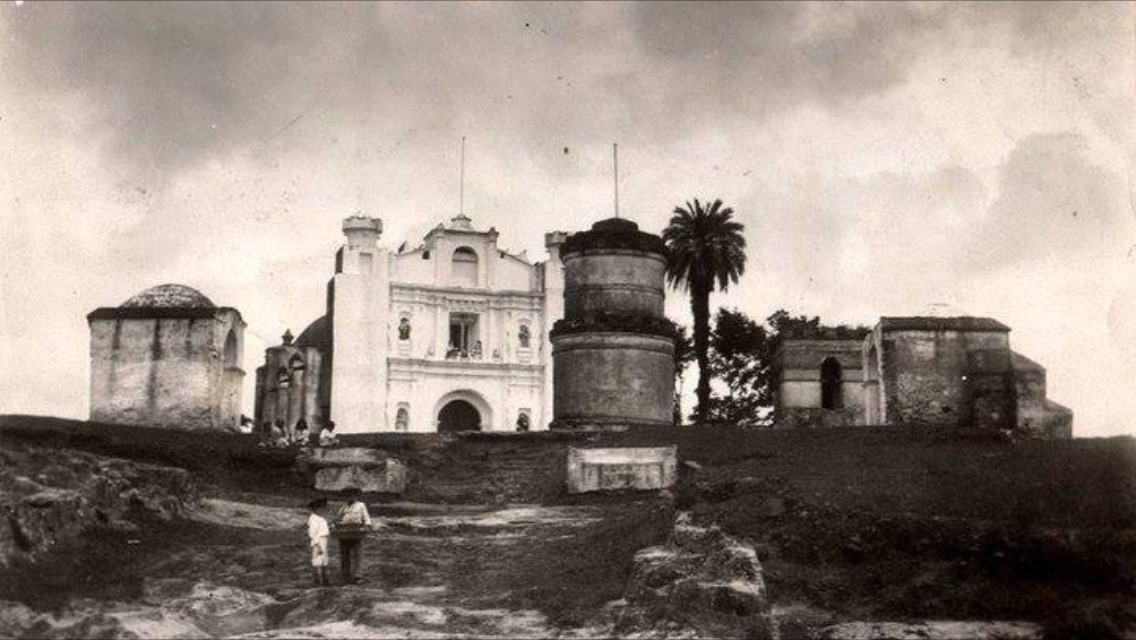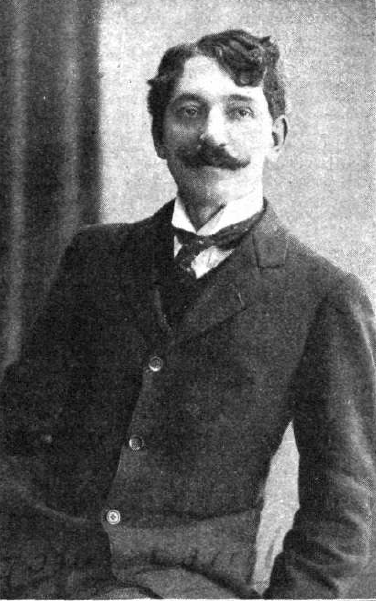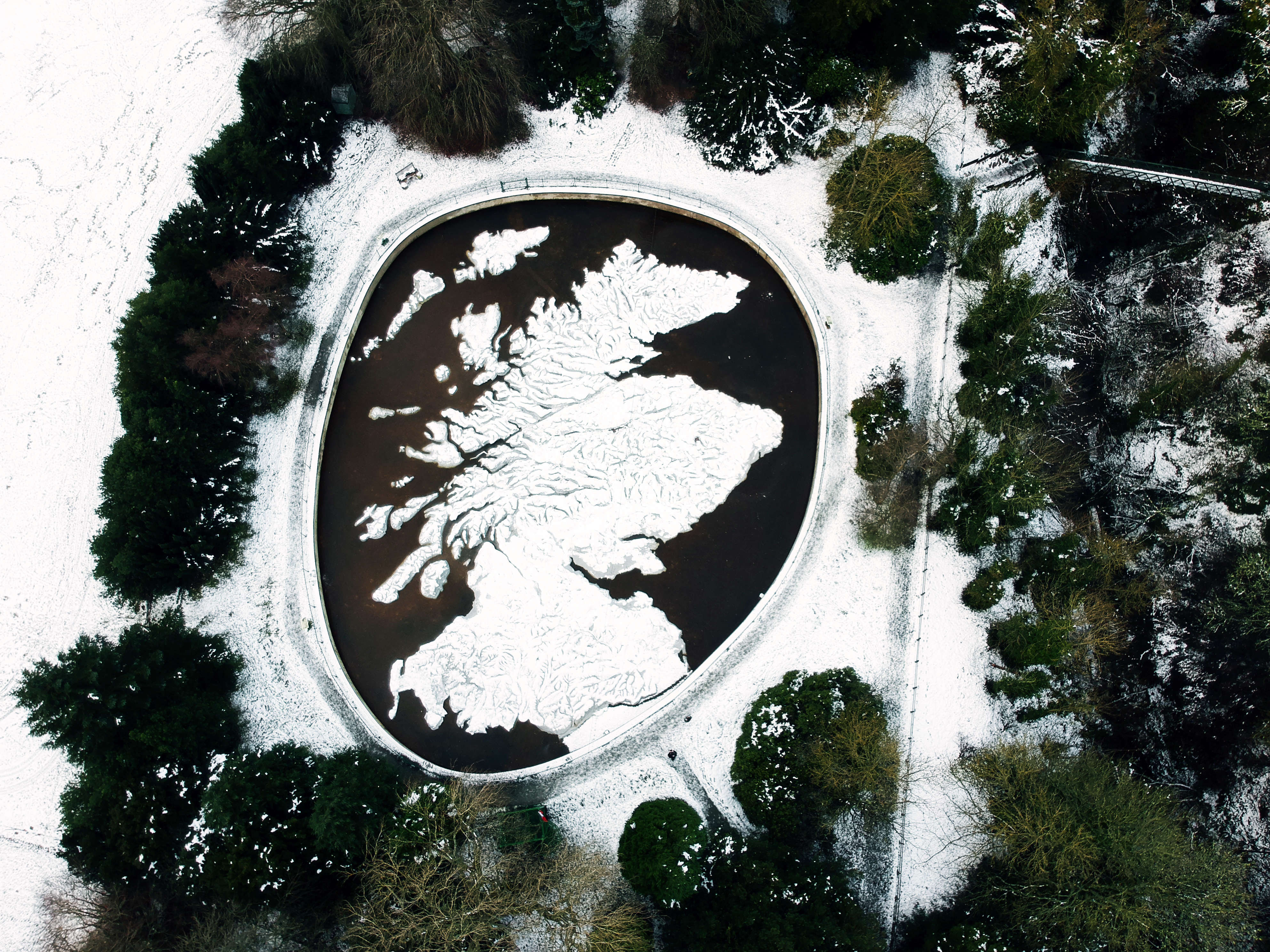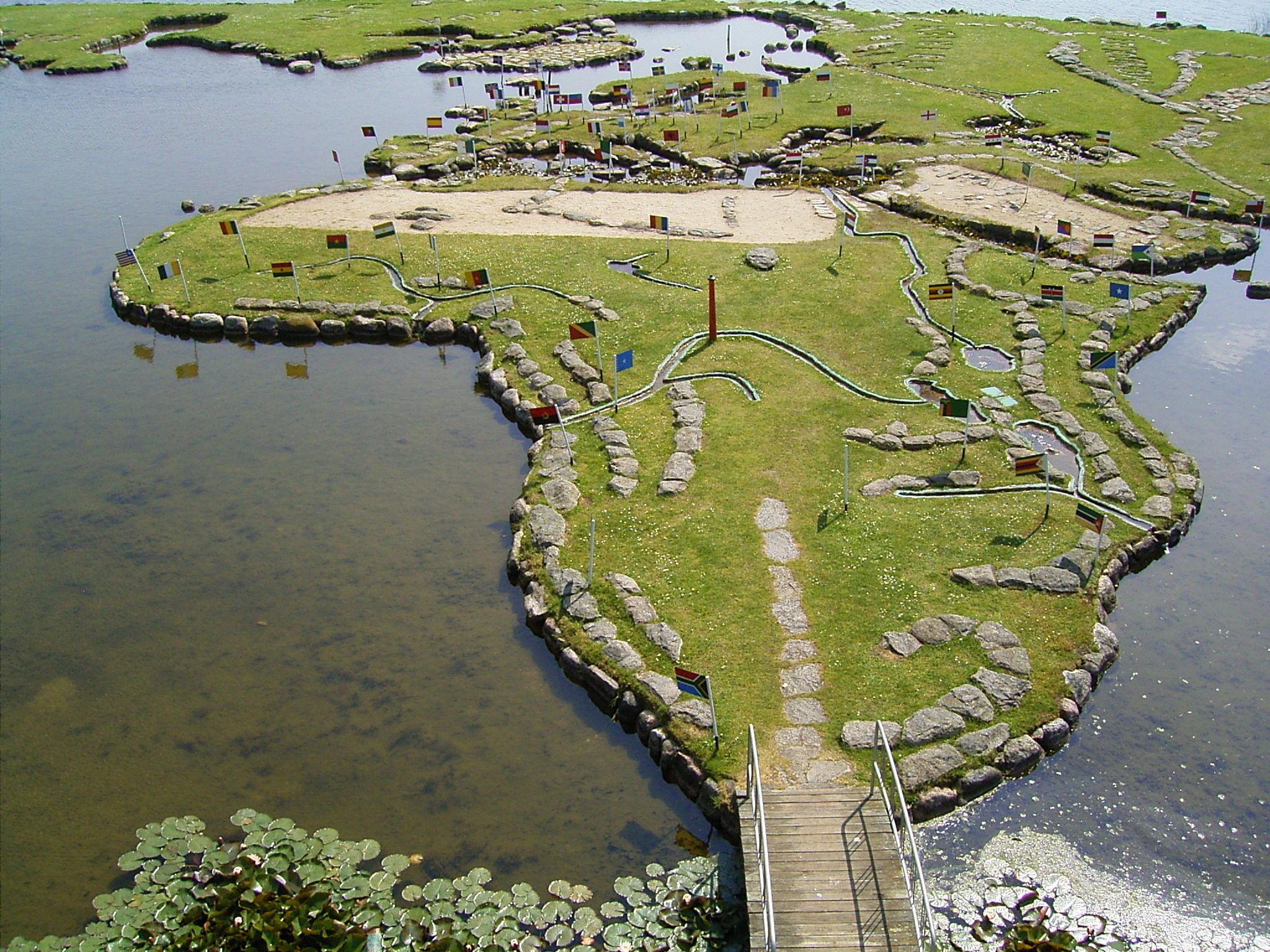|
Relief Map Of Guatemala
The Relief Map of Guatemala (in Spanish language, Spanish: ''Mapa en Relieve de Guatemala'') is a huge Raised-relief map, relief map of Guatemala erected at ground level on two scales: 1: 10,000 for the horizontal extension and 1: 2,000 for the vertical, on an approximate surface of 1,800 square meters. Construction and restoration The Map was built in 18 months, from April 19, 1904 to October 29, 1905, with brick, mortar and a cement lining by the Guatemalan lieutenant colonel and engineer :es:Francisco Vela, Francisco Vela on behalf of the then President of Guatemala Manuel Estrada Cabrera with the support of engineer :es:Claudio Urrutia, Claudio Urrutia, who already had the topographical data of the Republic of Guatemala. The base is made of stone and pumice stone was placed in the spaces corresponding to the Atlantic and Pacific Oceans. The contours are brick, the lines of the railroads made of lead and bridges made of steel. Also, an underground tank of 60 cubic meters suppl ... [...More Info...] [...Related Items...] OR: [Wikipedia] [Google] [Baidu] |
Brick
A brick is a type of block used to build walls, pavements and other elements in masonry construction. Properly, the term ''brick'' denotes a block composed of dried clay, but is now also used informally to denote other chemically cured construction blocks. Bricks can be joined using mortar, adhesives or by interlocking them. Bricks are usually produced at brickworks in numerous classes, types, materials, and sizes which vary with region and time period, and are produced in bulk quantities. ''Block'' is a similar term referring to a rectangular building unit composed of similar materials, but is usually larger than a brick. Lightweight bricks (also called lightweight blocks) are made from expanded clay aggregate. Fired bricks are one of the longest-lasting and strongest building materials, sometimes referred to as artificial stone, and have been used since circa 4000 BC. Air-dried bricks, also known as mud-bricks, have a history older than fired bricks, and have an add ... [...More Info...] [...Related Items...] OR: [Wikipedia] [Google] [Baidu] |
Cement
A cement is a binder, a chemical substance used for construction that sets, hardens, and adheres to other materials to bind them together. Cement is seldom used on its own, but rather to bind sand and gravel (aggregate) together. Cement mixed with fine aggregate produces mortar for masonry, or with sand and gravel, produces concrete. Concrete is the most widely used material in existence and is behind only water as the planet's most-consumed resource. Cements used in construction are usually inorganic, often lime or calcium silicate based, which can be characterized as hydraulic or the less common non-hydraulic, depending on the ability of the cement to set in the presence of water (see hydraulic and non-hydraulic lime plaster). Hydraulic cements (e.g., Portland cement) set and become adhesive through a chemical reaction between the dry ingredients and water. The chemical reaction results in mineral hydrates that are not very water-soluble and so are quite durable ... [...More Info...] [...Related Items...] OR: [Wikipedia] [Google] [Baidu] |
Guatemala City
Guatemala City ( es, Ciudad de Guatemala), known locally as Guatemala or Guate, is the capital and largest city of Guatemala, and the most populous urban area in Central America. The city is located in the south-central part of the country, nestled in a mountain valley called Valle de la Ermita ( en, Hermitage Valley). The city is the capital of the Municipality of Guatemala and of the Guatemala Department. Guatemala City is the site of the Mayan city of Kaminaljuyu, founded around 1500 BC. Following the Spanish conquest, a new town was established, and in 1776 it was made capital of the Kingdom of Guatemala. In 1821, Guatemala City was the scene of the declaration of independence of Central America from Spain, after which it became the capital of the newly established United Provinces of Central America (later the Federal Republic of Central America). In 1847, Guatemala declared itself an independent republic, with Guatemala City as its capital. The city was originally ... [...More Info...] [...Related Items...] OR: [Wikipedia] [Google] [Baidu] |
Spanish Language
Spanish ( or , Castilian) is a Romance languages, Romance language of the Indo-European language family that evolved from colloquial Latin spoken on the Iberian peninsula. Today, it is a world language, global language with more than 500 million native speakers, mainly in the Americas and Spain. Spanish is the official language of List of countries where Spanish is an official language, 20 countries. It is the world's list of languages by number of native speakers, second-most spoken native language after Mandarin Chinese; the world's list of languages by total number of speakers, fourth-most spoken language overall after English language, English, Mandarin Chinese, and Hindustani language, Hindustani (Hindi-Urdu); and the world's most widely spoken Romance languages, Romance language. The largest population of native speakers is in Mexico. Spanish is part of the Iberian Romance languages, Ibero-Romance group of languages, which evolved from several dialects of Vulgar Latin in I ... [...More Info...] [...Related Items...] OR: [Wikipedia] [Google] [Baidu] |
Raised-relief Map
A raised-relief map, terrain model or embossed map is a three-dimensional representation, usually of terrain, materialized as a physical artifact. When representing terrain, the vertical dimension is usually exaggerated by a factor between five and ten; this facilitates the visual recognition of terrain features. History If the account of Sima Qian (c. 145–86 BCE) in his ''Records of the Grand Historian'' is proven correct upon the unearthing of Qin Shi Huang's tomb, the raised-relief map has existed since the Qin dynasty (221–206 BCE) of China. Joseph Needham suggests that certain pottery vessels of the Han dynasty (202 BCE – 220 CE) showing artificial mountains as lid decorations may have influenced the raised-relief map.Needham (1986), Volume 3, 580–581. The Han dynasty general Ma Yuan made a raised-relief map of valleys and mountains in a rice-constructed model of 32 CE.Crespigny (2007), 659. Such rice models were expounded on by the Tang dynasty (618–907) aut ... [...More Info...] [...Related Items...] OR: [Wikipedia] [Google] [Baidu] |
Guatemala
Guatemala ( ; ), officially the Republic of Guatemala ( es, República de Guatemala, links=no), is a country in Central America. It is bordered to the north and west by Mexico; to the northeast by Belize and the Caribbean; to the east by Honduras; to the southeast by El Salvador and to the south by the Pacific Ocean. With an estimated population of around million, Guatemala is the most populous country in Central America and the 11th most populous country in the Americas. It is a representative democracy with its capital and largest city being Nueva Guatemala de la Asunción, also known as Guatemala City, the most populous city in Central America. The territory of modern Guatemala hosted the core of the Maya civilization, which extended across Mesoamerica. In the 16th century, most of this area was conquered by the Spanish and claimed as part of the viceroyalty of New Spain. Guatemala attained independence in 1821 from Spain and Mexico. In 1823, it became part of t ... [...More Info...] [...Related Items...] OR: [Wikipedia] [Google] [Baidu] |
Manuel Estrada Cabrera
Manuel José Estrada Cabrera (21 November 1857 – 24 September 1924) was the President of Guatemala from 1898 to 1920. A lawyer with no military background, he was a strong ruler (dictator) who modernised the country's industry and transportation infrastructure, but only via granting concessions to the American-owned United Fruit Company, whose influence on the government was deeply unpopular among the population. Estrada Cabrera used increasingly brutal methods to assert his authority, including armed strike-breaking, and he effectively controlled the general elections. He retained power for 22 years through controlled elections in 1904, 1910, and 1916, and was eventually removed from office when the national assembly declared him mentally incompetent, and he was jailed for corruption. Background Estrada Cabrera was a lawyer. He studied at the Universidad Nacional and thanks to his work he reached the position of "First Designated for the Presidency" when José María R ... [...More Info...] [...Related Items...] OR: [Wikipedia] [Google] [Baidu] |
Communicating Vessels
Communicating vessels or vasesMario Bunge, ''Philosophy of Science: From Explanation to Justification'', 1998, , p. 369 are a set of containers containing a homogeneous fluid and connected sufficiently far below the top of the liquid: when the liquid settles, it balances out to the same level in all of the containers regardless of the shape and volume of the containers. If additional liquid is added to one vessel, the liquid will again find a new equal level in all the connected vessels. This was discovered by Simon Stevin as a consequence of Stevin's Law. It occurs because gravity and pressure are constant in each vessel (hydrostatic pressure). Blaise Pascal proved in the seventeenth century that the pressure exerted on a molecule of a liquid is transmitted in full and with the same intensity in all directions. Applications Since the days of ancient Rome, the concept of communicating vessels has been used for indoor plumbing, via aquifers and lead pipes. Water will reach the ... [...More Info...] [...Related Items...] OR: [Wikipedia] [Google] [Baidu] |
Great Polish Map Of Scotland
The ''Great Polish Map of Scotland'' is a large (50 m x 40 m) three-dimensional, outdoor concrete scale model of Scotland, located in the grounds of the Barony Castle Hotel, outside the village of Eddleston near Peebles in the Scottish Borders. It is also known as the ''Mapa Scotland'' (derived from Polish ''mapa Szkocji'') or the ''Barony Map''. The brainchild of Polish war veteran Jan Tomasik, it was built between 1974 and 1979 and is claimed to be the world's largest terrain relief model. The sculpture is a category B listed building, and has been restored by a group calling itself ''Mapa Scotland''. Background Black Barony's connection with Polish Forces during the Second World War dates from early 1942, when the hotel, established in 1926, was requisitioned for use as the main Staff College for training Polish officers in Scotland. After the Fall of France in May 1940, the Polish Army in Scotland was reorganised as the 1st Polish Corps and entrusted by the Wa ... [...More Info...] [...Related Items...] OR: [Wikipedia] [Google] [Baidu] |
World Map At Lake Klejtrup
The World Map at Lake Klejtrup ( da, Verdenskortet ved Klejtrup Sø) is a miniature world map built of stones and grass in Klejtrup Sø near the village of Klejtrup, Viborg Municipality, Denmark. History In 1943, Søren Poulsen, a local farmer, was working on the drainage of the surrounding meadows when he found a stone shaped like the Jutland peninsula. This inspired him to create a small world of his own. During the winter months, with the use of primitive tools, he placed big stones carefully on the ice. When spring arrived, the stones could easily be tilted into place, and in this way the World Map took shape. Some of the stones used weighted more than 2 tonnes. Poulsen created the World Map between 1944 and 1969. It measures 45 by 90 metres (49 by 98 yards), covering an area of over 4000 square meters (1 acre). One 111-kilometre (69 mi) degree of latitude corresponds to 27 centimetres (11 inches) on the map. On Poulsen's map, Antarctica is not present and the Norther ... [...More Info...] [...Related Items...] OR: [Wikipedia] [Google] [Baidu] |






